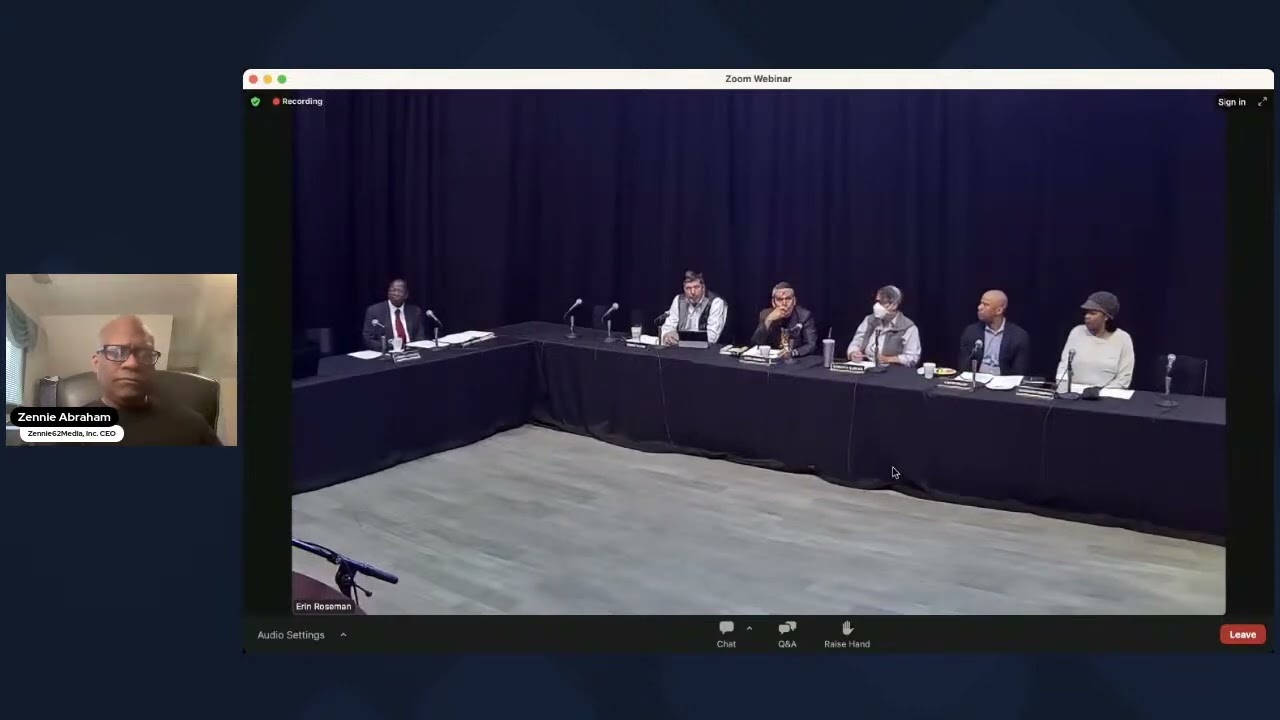Oakland (Special to ZennieReport.com) – On Friday, September 20th, 2024, the Oakland Coliseum JPA (that’s Joint Powers Authority), will take up the subject of the “dissolution” of the Coliseum JPA. That’s a fancy word for “the closing down or dismissal of an assembly, partnership, or official body” according to your local dictionary. But the idea that the Oakland Coliseum JPA Board is even “discussing” the idea that it should come to an end implies that there’s written somewhere a resolution that lays out the guidelines for such an action, right?
Well, no. Not at all.
UPDATE: Livestream Zennie62 YouTube Video From The Coliseum JPA Meeting Of September 20th 2024
The Coliseum JPA Does Not Have An End Date Or Legislation Allowing It
In fact, the original 1990 enabling legislation that created the Oakland Coliseum JPA was designed to mate the need of the City of Oakland with the credit power of the County of Alameda for the objective of floating a $220 million “lease revenue” bond issue based on something called a “personal seat license.”
The document laid out everything from who should meet (the Oakland City Manager and the County Administrator and one City Council member and one County Supervisor), to the structure of the bond itself. But nothing about terminating the Coliseum JPA.
Then, in 1996, and after it became clear there was not enough revenue from PSLs to pay the annual bond debt service, and the contractual agreement where both City and County served as backstops kicked in (thus planning to pull $10 million from each party annually), then Oakland City Council President Ignacio De La Fuente saw a chance to alter the Coliseum JPA. Saying “It’s our money now, Ignacio rightly believed the public should have direct say in how the Coliseum was ran. And while ideas were floated to replace the PSLs, none were adopted, leaving the City / County payments as the albatross around both.
Believing that the first version of the JPA was one not under elected official control, he worked with Oakland Assistant City Manager The Late Ezra Rapport to make a new one with eight seats a provision for a business advisory group of up to 20 people, and a monthly meeting schedule. That structure of that Coliseum JPA exists today. But its enabling document also did not call for termination in the future.
So Where Did The Idea Of Dissolving The Coliseum JPA Come From?
So, where did the idea of ending the life of the Coliseum JPA really come from? It was born of the Alameda County Supervisor Nate Miley’s desire to part company with the City of Oakland in 2013. That idea was then reintroduced by Miley in 2015, and literally right after a disastrous June 29th, 2015 meeting at Raiders Headquarters in Alameda. One where NFL Stadium Point Person Eric Grubman was in attendance.
It was that meeting which kicked into gear the idea of the dissolution of the Coliseum JPA. In other words, the reasons were all political, and none were legislative, and all basically constructed to follow an emotionally-arrived-at decision.
Now, fast forward to today, and we have the beginnings of a transfer of ownership and control between the Coliseum JPA and the African American Sports And Entertainment Group. There’s just one problem: the transfer is happening as the JPA is considering termination, and without even asking AASEG for its opinion. And that produces a large set of problems.
A Terminated Coliseum JPA Means No Official Government Connection For AASEG
If the JPA is terminated, that would eliminate AASEG’s direct connection with the elected officials that basically had a giant hand in creating it. Remember that AASEG was borne of an objective to improve opportunities for African Americans in Oakland. That was the main raison d’etre for the competition that AASEG won, and its community focus.
So, even though AASEG is taking charge, there must be a continued relationship between it and the government. It can’t be piecemeal. The Coliseum JPA Board and the City of Oakland and the County of Alameda are about to give AASEG direct economic influence over 10,000 acres of land in Oakland and San Leandro. For a government to just hand that over to a new private entity and with no idea of what the role of government will be is reckless.
Who will be the community representative for Oakland as AASEG runs the Coliseum? The logical choice should be the Coliseum JPA Board because it has the involvement of the City and the County elected and public officials.
Moreover, the much-talked about EIFD tax increment financing zone for the Coliseum calls for a different and more development-focused governance, where the Coliseum JPA is really in a great position to be the connector between the City, the County, and AASEG, as well as the connector to a much needed sports commission that should, in turn, be connected with Visit Oakland.
AASEG Needs The Coliseum JPA
But with all of that, the job of forming the EIFD is easier when Oakland and Alameda County’s Government in the form of the Coliseum JPA is involved in the process. Ultimately, AASEG / EIFD has the final say, but the public, and thus the community that AASEG formed, is very much involved.
That helps to avoid misunderstandings that happen because someone representing the City or the County believes that AASEG is not following the original objectives the City of Oakland and the County of Alameda set forth. It ensures that there will be a dedicated staff from Oakland’s economic development department involved in the enormous AASEG project. And it also smooths the planning for bond issues and also for neighborhood development from the perspective of planning and community needs.
If you think about it, terminating the Coliseum JPA is just not the right thing to do. But adjusting it to meet the needs of AASEG and the Oakland and Alameda County electorate must be the objective the Coliseum JPA seeks.

